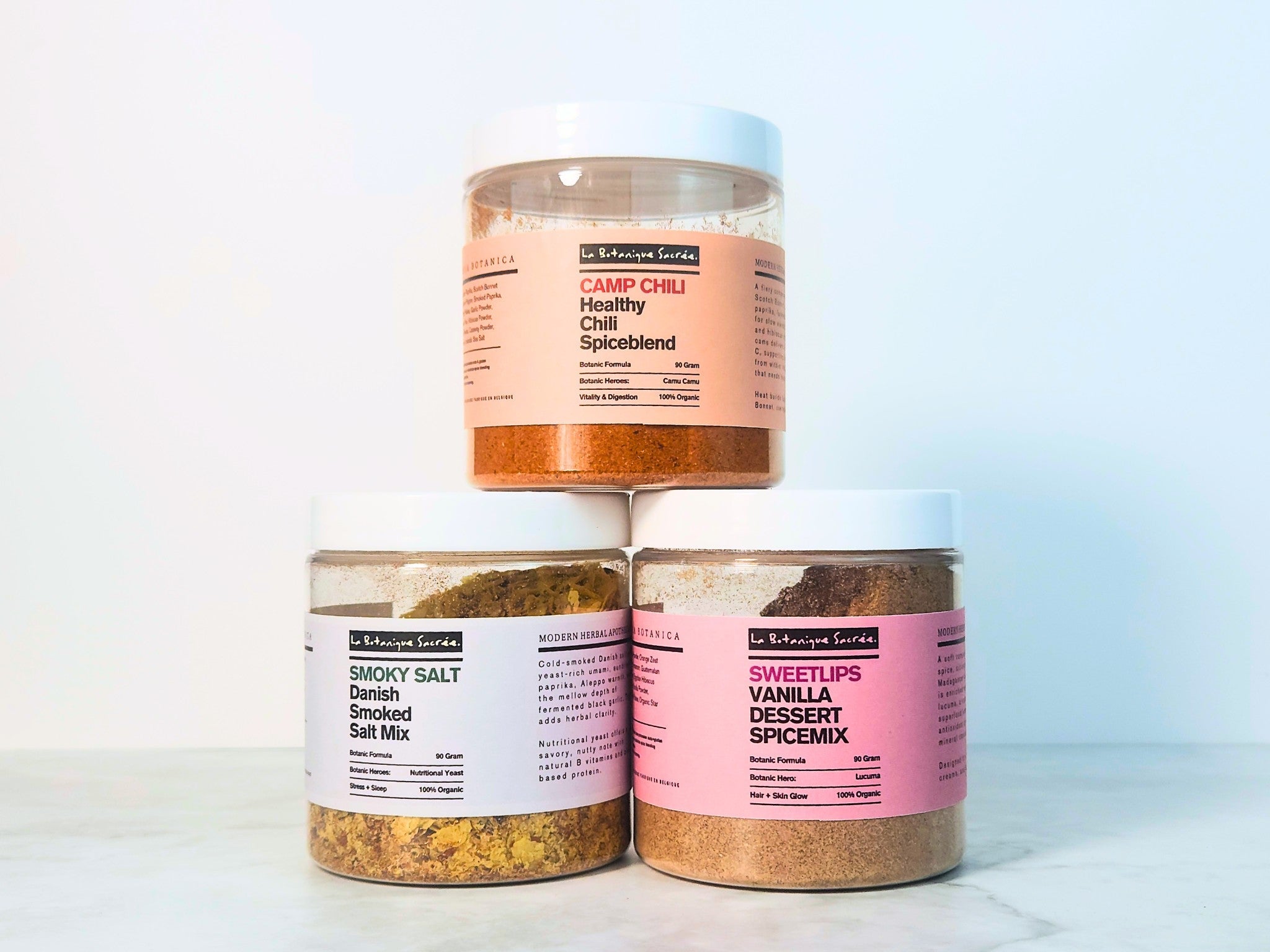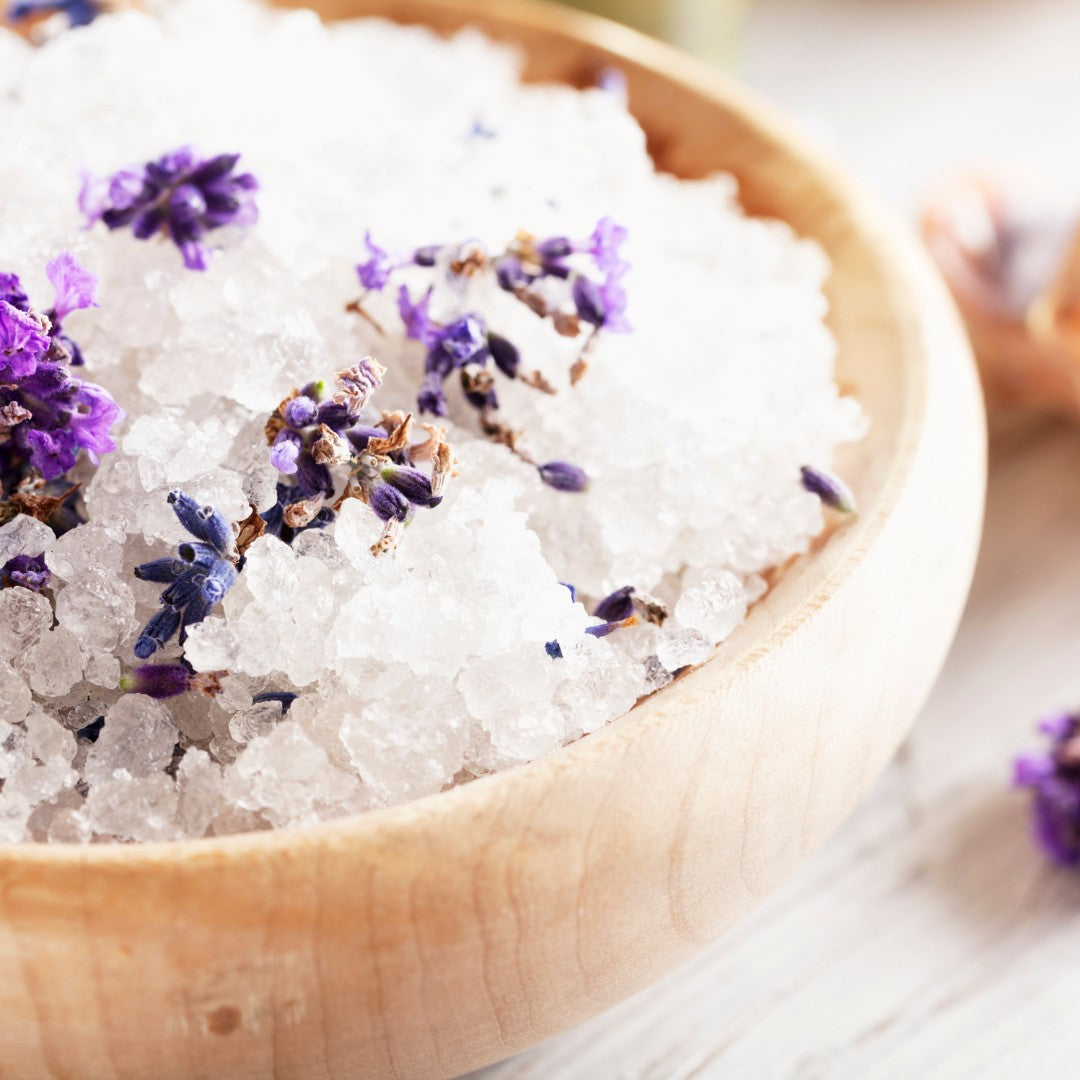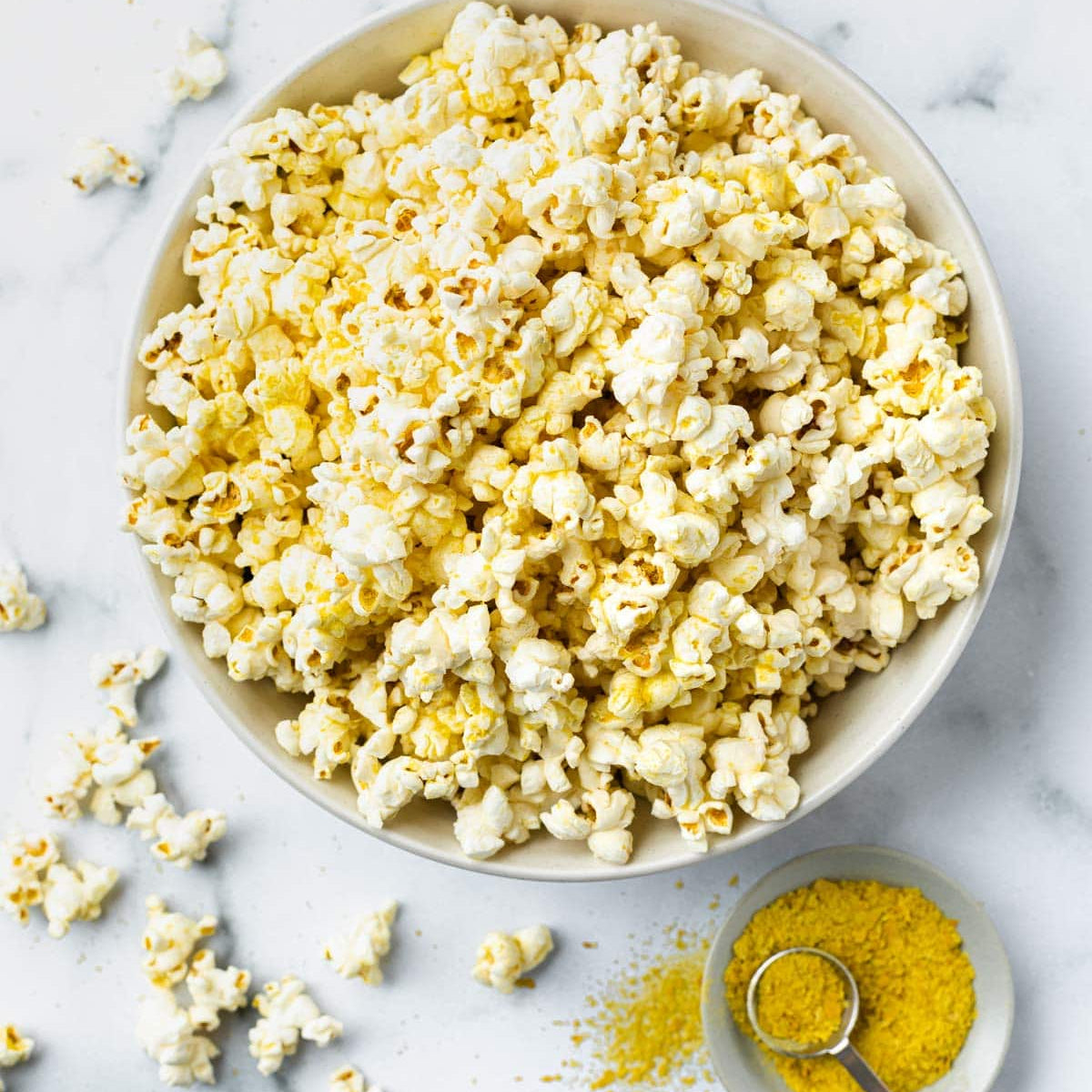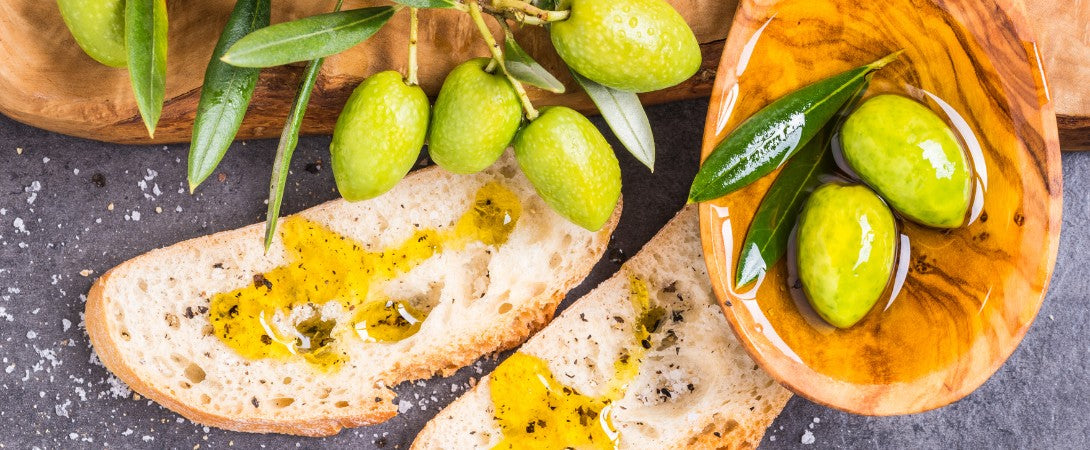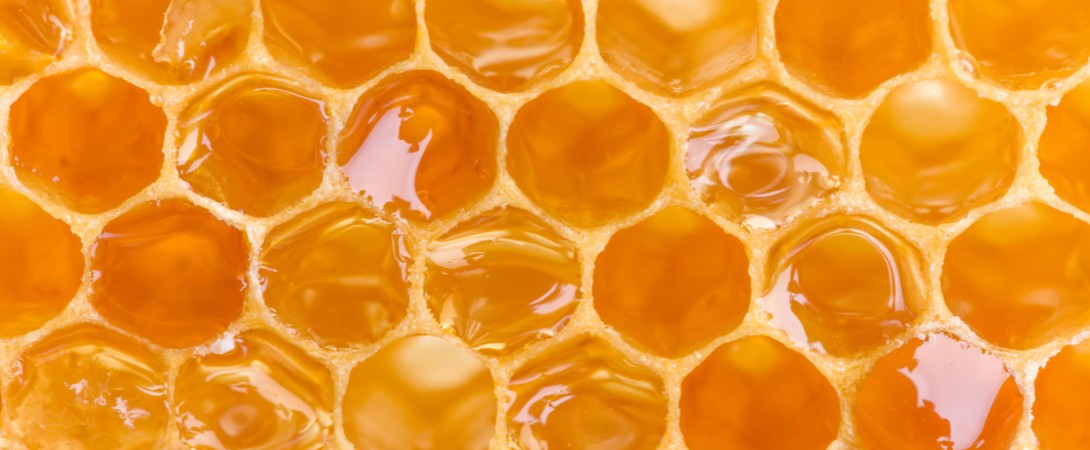Carolina Reaper Powder, Tremendous Chili Heat
A modern cultivar distilled into a crimson powder with formidable burn and ripe, fruity aromatics. Born in South Carolina breeding work and milled to a fine, even cut for clean dispersion and flow.
Carolina Reaper Powder: History and Culture
Origins And Trade Routes
Capsicum chinense likely traces domestication to lowland South America with diversification across Mesoamerica, then moved through Europe into Asia via maritime trade. By the mid sixteenth century, peppers appeared in European gardens and quickly embedded in Indian markets through Portuguese networks.
The Carolina Reaper cultivar, first labeled HP22B, stabilized in the early 2000s in South Carolina after deliberate crosses of Naga‑type and habanero lines, with the code HP22B later formalized as “Carolina Reaper.”
Contemporary culture placed the pepper at the center of competitive eating and media. Case reports document rare adverse events after extreme consumption, including thunderclap headaches consistent with reversible cerebral vasoconstriction syndrome following a pepper‑eating contest.
The lesson is practical: Carolina Reaper Powder belongs to careful, measured culinary use.
Cultural Symbolism and Heritage
Carolina Reaper Powder carries the theater of extreme heat culture.
Guinness‑recognized eating records, “Hot Ones” features, and craft hot‑sauce collaborations have made the cultivar a pop icon of spice.
Descriptors for the Reaper include sweet, fruity, with touches of cinnamon and chocolate, which the powder translates into dried‑cherry, cocoa‑shell, and floral top notes beneath the intensity.
Carolina Reaper Powder: Benefits
The dominant actives are capsaicin and dihydrocapsaicin, which together typically account for most capsaicinoids in hot chili cultivars. These alkaloids bind the TRPV1 receptor on sensory neurons, explaining the heat‑perception cascade and endorphin release reported in spicy foods. In ripe red fruit, carotenoid pigments such as capsanthin and capsorubin create the saturated scarlet color that Carolina Reaper Powder retains after careful drying.
Drying reduces vitamin C relative to fresh peppers, while carotenoids and phenolics show better persistence depending on method and temperature. Chili powders therefore contribute low moisture, concentrated color, and a trace matrix of plant compounds, while the fresh fruit remains the primary source of ascorbic acid.
Capsicum has centuries of use for pungency and perceived vitality in cuisines from Mexico to India. Modern research examines capsaicin‑TRPV1 biology and topical analgesic uses; dietary outcomes remain individual and context‑specific. Carolina Reaper Powder is positioned here as a culinary material of high intensity and precision flavor, not as a health product.

Carolina Reaper Powder: Science and Composition
Carolina Reaper Powder begins with a cultivar of Capsicum chinense bred by Ed Currie at PuckerButt Pepper Company in Fort Mill, South Carolina. The fresh pods were verified by Guinness World Records as the world’s hottest chili pepper and held that status for a decade until 2023, when Pepper X took the title.
Winthrop University laboratory testing using HPLC reported an average near 1,641,183 Scoville Heat Units for certified lots of the cultivar, a value widely reported in references and media summarizing the Winthrop analyses.
The deeper story sits inside the older trade of peppers. Capsicum traveled from the Americas to Europe after 1492 as part of the Columbian Exchange, then moved along Portuguese and Spanish routes into Africa and Asia where chilies naturalized into regional cuisines.
Carolina Reaper Powder reads as a late chapter in that arc, a modern American selection that now moves globally by seed, sauce, and spice trade.
Carolina Reaper Powder: Tidbits
Tidbits and Funfacts
The breeder code was HP22B before the Carolina Reaper name traveled through markets and media.
Winthrop University used high‑performance liquid chromatography to convert capsaicinoid ppm to Scoville Heat Units during record verification work.
“Hot Ones” released a Last Dab Reaper Edition built with Reaper peppers, marking the pepper’s crossover from farms to pop culture.
FAQ
Q: What makes Carolina Reaper Powder so hot?
A: High levels of capsaicin and dihydrocapsaicin activate TRPV1 receptors, producing an intense heat sensation that builds and lingers.
Q: How is “Carolina Reaper” pronounced?
A: Kair‑uh‑LINE‑uh REE‑per.
Q: Are there health benefits to Carolina Reaper Powder?
A: Chili peppers naturally provide carotenoids and small amounts of vitamins. Research explores capsaicin’s sensory pathways and topical analgesia; culinary use is framed as flavor, not treatment.
How La Botanique Sacrée Uses Carolina Reaper Powder
Why we use it
Carolina Reaper Powder provides compact, dispersible heat with a refined aromatic signature. Small inclusions create depth in rubs, broths, fermented sauces, and finishing dusts without visible seeds or skins. The profile pairs cleanly with cocoa, coffee, tomato, stone fruit, and lacto‑fermented bases.
Sourcing Information
Preference sits with organically grown Carolina Reaper from U.S. microclimates suited to Capsicum chinense. Pods are harvested fully ripe, dehydrated at controlled temperatures, and milled to a low‑moisture powder with steady flow. Batches are screened for color intensity and volatile retention, then kept cool and dark in oxygen‑limiting packaging to protect carotenoids and aroma.
Products using Carolina Reaper Powder
NOOCHAS Sacred Reaper - Nutritional yeast umami with tomato powder and smoked Spanish paprika. Persian blue and Celtic sea salts set mineral clarity. Carolina Reaper supplies a precise high-heat finish. Built for popcorn, fries, eggs, and roasted vegetables.




